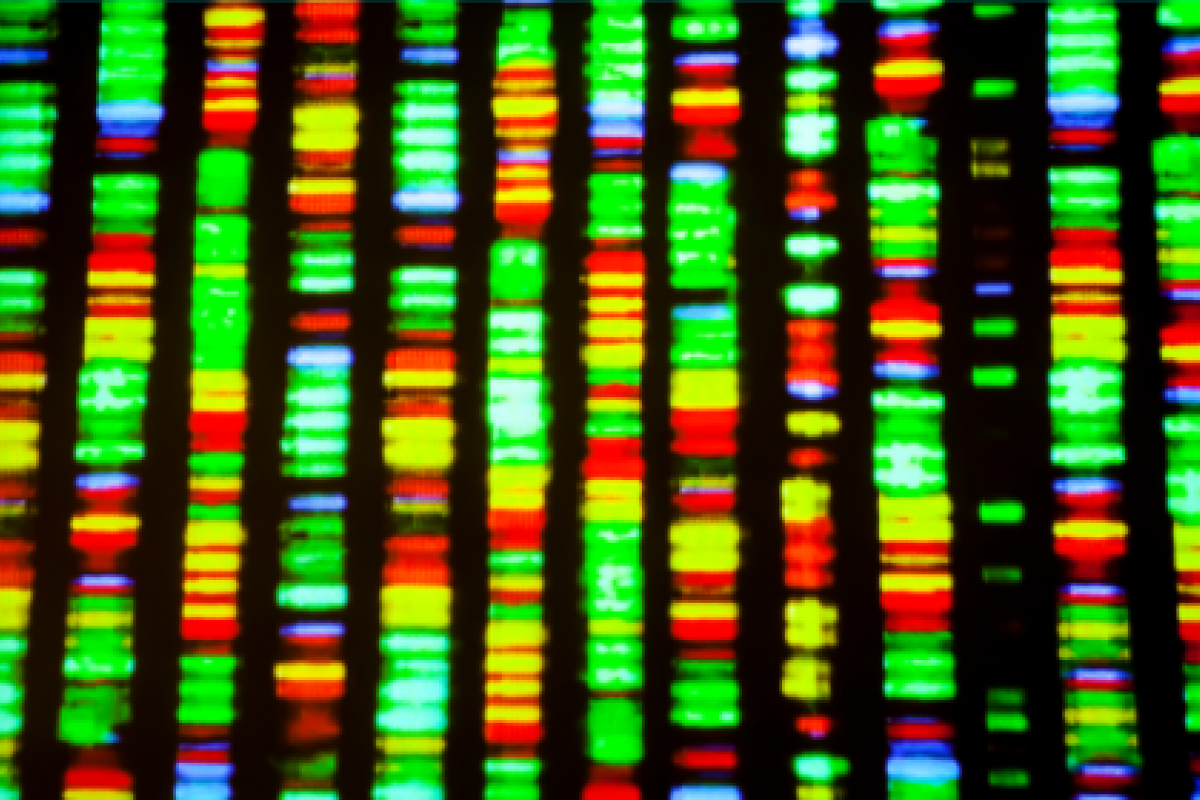In Part 1 of this series, we explored the ethics of gene editing in the context of editing plant and animal genomes for agricultural purposes. In this part, we explore two more controversial uses of gene editing: editing human genes and the use of gene drives. These practices have the potential to eliminate life-threatening diseases and to mitigate threats to human health from insects, but they both may have far-reaching consequences. For these reasons, they represent excellent real-world opportunities for students to critically examine some of the latest advances in biotech and consider and justify their own opinions on them.
Editing Human Genes
Much of the discussion of new gene editing technologies centers on the promise of using them to improve human health—by eliminating dangerous diseases. However, what constitutes a disease or condition worthy of editing can be a thorny question. While most would agree that eliminating a life-shortening disease such as Huntington’s disease would be worthwhile, with some other health conditions, it is less clear who should make these decisions. Ethically, one of the most challenging questions revolves around the gene editing of germline cells, as those cells result in heritable changes to the genome and could impact humanity overall, rather than impacting an individual.

Questions about gene editing of humans may represent some of the most challenging ethical debates of our time. The recommendations for genome editing in humans, from the Ethics of Genome Editing (European Group on Ethics in Science and New Technologies [EGE], 2021) are as follows:
- Engage in global governance initiatives and create a platform for information sharing and inclusive debate on germline genome editing
- Establish a public registry for research on germline genome editing
- Protect social justice, diversity and equality
- Ensure adequate competencies in expert bodies
Gene Drives
The term gene drive refers to the editing of the genomes of a population of organisms designed to eradicate a particular characteristic that is harmful to humans. Gene drives might be used to “eliminate insect-borne human diseases, support more sustainable agricultural models and control environmentally damaging invasive species” (EDE, 2021, p. 80). However, altering the genomes of entire populations of species may pose serious risks, and it is imperative to consider the ethics of such efforts.
The mechanism of creating a gene drive is different from direct modification of the genomes of individual organisms. Instead, gene drives change the way in which select genes are inherited, driving the trait into a population. Gene drives can only be created in organisms that reproduce sexually. To create a gene drive, scientists create a drive allele using CRISPR. The drive allele contains the genetic information that encodes for the cutting target, the actual enzyme that will do the cutting, and the DNA sequence that will be copied (the gene for the desired trait). When an animal carrying the drive allele mates with an animal that does not, each parent passes on a copy of the targeted sequence of DNA (one natural and the other the drive allele). When the two sequences align, the CRISPR-Cas9 complex in the drive allele is activated and cuts the natural DNA, which is then repaired by the cell’s natural mechanisms using the drive allele as the basis for the repair. This technique guarantees that nearly 100% of the offspring contain the drive allele, and it is easy to quickly change the DNA of an entire population, especially that of insects or microorganisms that reproduce quickly.
The technology surrounding gene drives is somewhat complicated, but the impetus for creating gene drives is simple: altering a population of organisms to make them more favorable to humans. Examples of gene drives that are being researched include gene drives that make mosquitoes unable to transmit malaria (Scudellari, 2019) and gene drives in rodents that make their offspring nonviable or sterile to eliminate them from areas into which they were introduced by humans and are causing environmental damage (Godwin et al., 2019).

Ethically, the implications of gene drives are complex. The EGE recommendations for gene drives are as follows:
- Acknowledge the unknowns and other uncertainties of gene drives
- Use gene drives in ways that are based on shared values
- Regulate, monitor after release and have mitigation plans in place
- Retain stock of original organisms
Bioethics in the Classroom
The examination of the practices of editing of the human genome and creation of gene drives presents an opportunity for students to dive more deeply into cutting-edge biotechnology and consider its ramifications. One source of real-life gene editing scenarios is the ABE Web-based module, The Bioethics of Gene Editing, which includes four gene editing scenarios to consider. Another way to find examples of gene editing research is by searching the internet: You may also use one of the following journal articles as a basis for further study:
-
CRISPR Gene Editing in Human Embryos Wreaks Chromosomal Mayhem, from Nature, explores three published studies and the outcomes of what happened when DNA deletions were made within a chromosome.
-
CRISPR Babies: When Will the World Be Ready?, from Nature, allows students to dive into the world of “designer babies” and the ethical questions associated with introducing this technological capability into the world.
-
Does the U.S. Public Support Using Gene Drives in Agriculture? And What Do They Want to Know?, from Science Journal, explores the concept of gene drives and questions the support of the U.S. public on such advances. This article is a great in-depth resource for students to build data analysis skills.
-
The Gene Drive Dilemma: We Can Alter Entire Species, but Should We?, from the New York Times, begs the question of whether a gene drive is the answer to eradicating malaria and whether the payoff is worth the cost. This article would be a wonderful opinion piece for students to expand on by writing a follow-up piece for or against the technology.
Classroom exploration of gene editing presents a very real opportunity for students to consider the possibility of inequity and unintended consequences. While students may find some of the debate uncomfortable, setting up the debate carefully will help to mitigate this issue. The document 3 Steps to Civil Discourse in the Classroom from the National Council for the Social Studies is a great primer for setting up a debate in your classroom.
More Resources
- Want to cover more bioethics with your students? Check out our Web-based module Bioethics of Gene Editing.
- To give students a glimpse of bioethics questions being debated today, check out these ABE pocket lessons: Changing Organ Donation with Biotechnology and Designing Babies with CRISPR.
